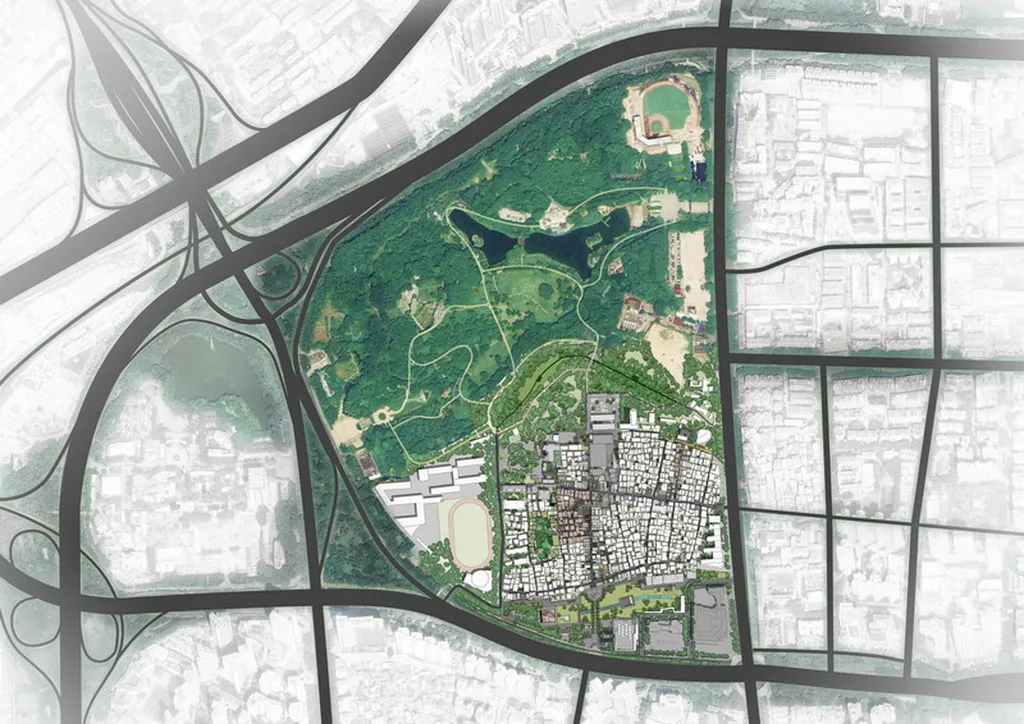In the heart of China, nestled within the historic streets of Zhengyangguan Town in Shou County, a quiet revolution is taking place. Researchers, led by Li Hong of Northeast Agricultural University, are breathing new life into an impoverished historical district, offering a blueprint for revitalization that could resonate far beyond its ancient walls. Their work, recently published in the *Journal of Asian Architecture and Building Engineering* (known in English as the *Journal of Asian Architecture and Building Engineering*), is a testament to the power of innovative strategies and community collaboration.
Zhengyangguan Town, with its rich history and cultural heritage, has long struggled with fragmentation, underutilized spaces, and a disorganized business environment. Enter Li Hong and her team, who employed Depthmap spatial syntax analysis to quantify the town’s street network and visualize its accessibility and spatial comprehensibility. This data-driven approach allowed them to pinpoint areas in need of intervention and understand the flow of people and activity within the district.
“By combining Depthmap analysis with PSPL and POE methodologies, we were able to evaluate the current state of the street space and identify the renovation demands of the district,” explains Li Hong. This multifaceted approach revealed key conflicts and demands among stakeholders, paving the way for targeted strategies that could harmonize diverse interests and redefine the district’s functions.
The researchers proposed three key strategies for revitalization: a comprehensive top-down control strategy, a material space renewal strategy, and a bottom-up operation and maintenance strategy. These strategies aim to address the district’s challenges at a low cost, with minimal modifications. By removing factors that affect the historical features of the architecture, transforming fragmented spaces into public areas, and regulating stall activities and operational spaces, the team envisions a more cohesive and vibrant community.
The commercial impacts of this research are significant, particularly for the energy sector. As historical districts are revitalized, the demand for sustainable and efficient energy solutions is likely to rise. The integration of renewable energy sources, such as solar panels and wind turbines, could become a staple in these renewed spaces, creating new opportunities for energy providers and innovators.
Moreover, the success of Zhengyangguan Town’s revitalization could serve as a model for other historical districts in China and beyond. The study’s emphasis on community collaboration and low-cost, high-impact solutions offers a compelling case for stakeholders to invest in the preservation and enhancement of cultural heritage sites.
As Li Hong and her team continue to refine their strategies and monitor the district’s progress, their work stands as a beacon of hope for impoverished historical districts worldwide. By addressing the unique challenges of Zhengyangguan Town, they have not only improved the quality of its spatial environment but also cultivated a sense of cultural identity and happiness among its residents. This holistic approach to revitalization is a testament to the power of innovative research and community engagement, offering a roadmap for the future of historical preservation and urban development.

